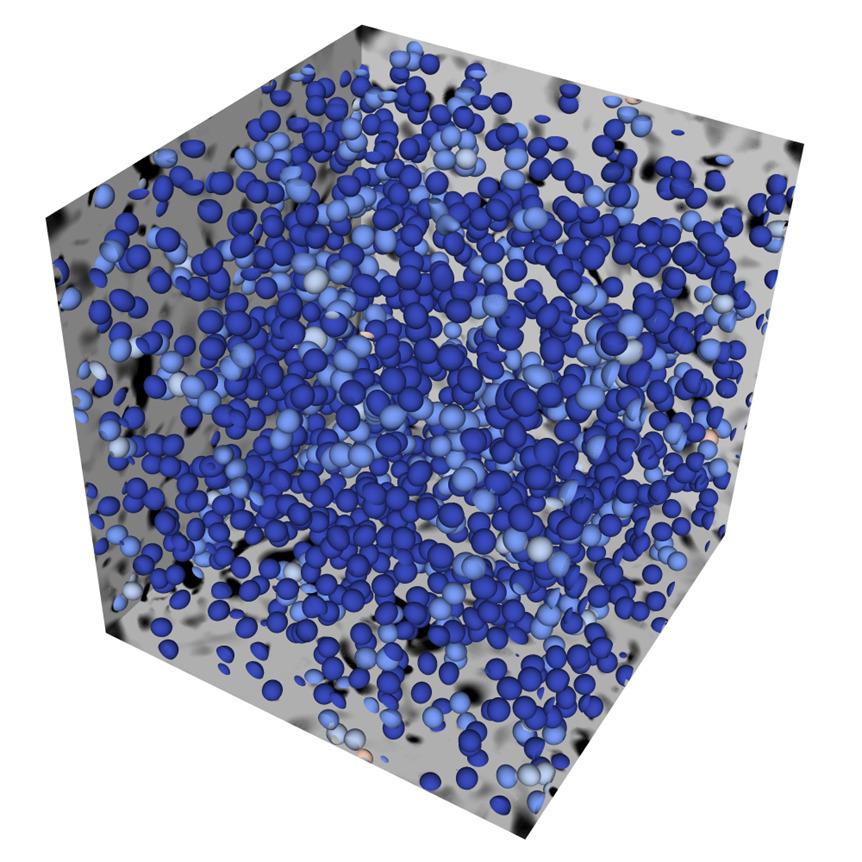From Droplets to design: A multi-scale strategy for turbulent liquid-liquid suspensions

When water meets oil, the resulting droplets and turbulent motion may appear chaotic, but for Victor Boniou, Research Engineer at IFP Energies Nouvelles (IFPEN), that complexity holds the key to designing efficient chemical processes. In his talk “A multi-scale strategy for turbulent liquid-liquid suspensions: from detailed simulations to industrial design,” V. Boniou presented a framework that bridges the gap between microscopic droplet interactions and industrial-scale extraction units used in applications from water treatment to biofuel production.
“Our goal is to bring more physics into the Euler-Euler framework. By coupling detailed simulations with reduced models, we can improve coalescence modeling and make population balance equations more predictive.”
Understanding liquid-liquid extraction
In liquid-liquid extraction, one fluid is dispersed within another to maximize interfacial area, promoting mass transfer between phases. The challenge lies in predicting how droplets form, collide, coalesce, and break under turbulence, phenomena occurring over scales ranging from microns to meters.
To tackle this, V. Boniou presented a multi-scale approach:
- Direct Numerical Simulations (DNS) using a multi-VOF method capture the detailed physics of droplet clusters in turbulence.
- A reduced collision model provides mechanistic insight into droplet interactions, complementing the DNS data and improving coalescence kernels in population balance equations (PBEs).
This approach allows unprecedented control of turbulent conditions in two-phase flows, enabling direct computation of collision statistics and contact times.
From simulation to scalable design
The results are striking. The DNS data led to a new formula for the coalescence rate and validated collision statistics across various droplet concentrations. The reduced-order model, currently under refinement, accurately reproduces scaling laws observed in the simulations and offers a fast predictive tool for industrial conditions.
As Boniou summarized in his conclusion:
“DNS gives us the truth, but only at a few points in the parameter space. Reduced models let us generalize that truth toward engineering-scale predictions.”
This synergy between detailed computation and simplified modeling is at the heart of modern multiphase flow research. It promises not only more reliable simulation tools but also smarter design strategies for separation and extraction technologies.